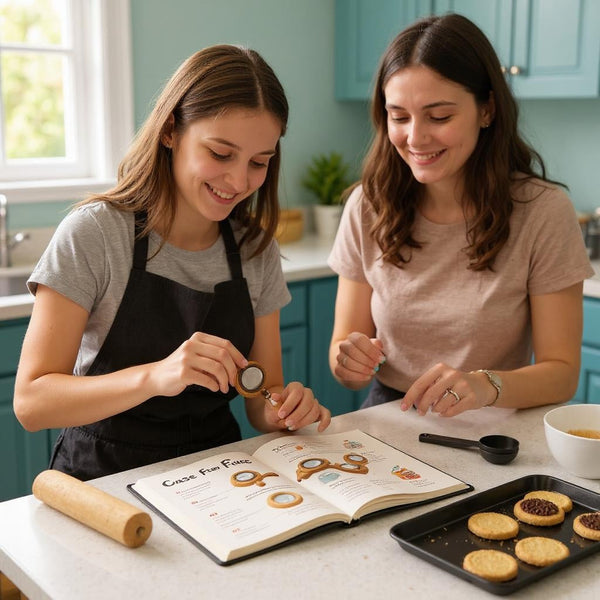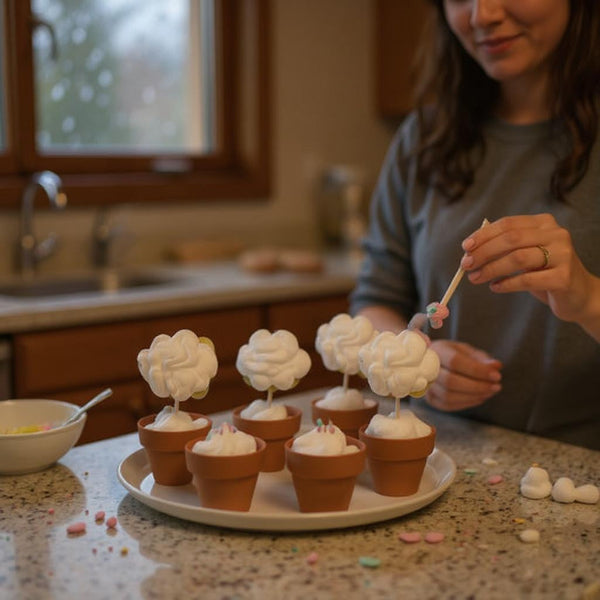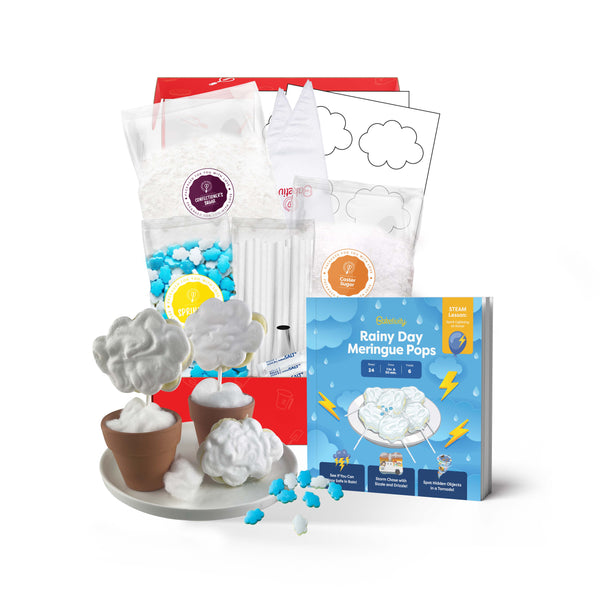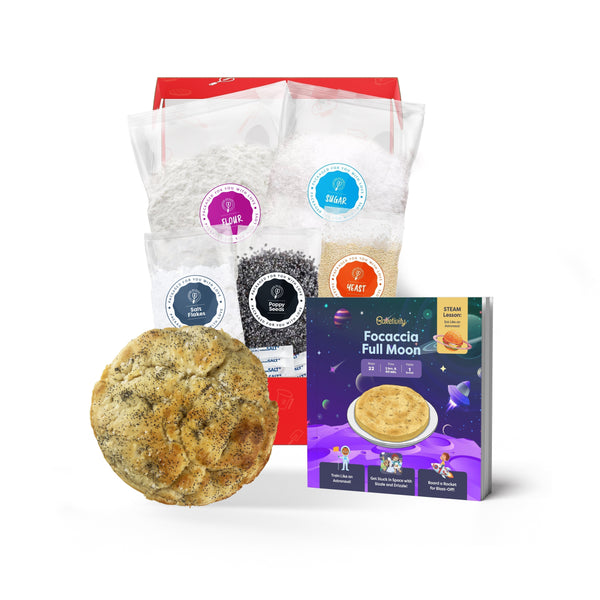Understanding the Basics of Private and Public Schools
Defining Private Schools
Private schools, as the name suggests, are educational institutions that are privately funded and operated. These schools are often independent of government control and can have different educational philosophies and approaches. They typically require tuition fees for enrollment and have more flexibility in curriculum design and teaching methods. Private schools can vary widely in terms of size, focus, and educational offerings. Some private schools may focus on specific areas such as arts, STEM (science, technology, engineering, and mathematics), or religious education. These schools often have smaller class sizes, allowing for more individualized attention and tailored instruction. Additionally, private schools may offer specialized programs such as language immersion, international baccalaureate, or experiential learning opportunities.Defining Public Schools
Public schools, on the other hand, are government-funded institutions that provide free education to all students within a specific district or region. They must follow the curriculum and guidelines set by the local or state education authorities. Public schools are funded through tax revenue and aim to provide equal educational opportunities for all students. Public schools play a crucial role in society by serving as a cornerstone of the education system and fostering a sense of community. They often reflect the diversity of the surrounding area and strive to create inclusive environments that celebrate differences. Public schools also offer a wide range of extracurricular activities, sports programs, and support services to meet the diverse needs of students. Additionally, public schools are held accountable to state standards and assessments to ensure that students are meeting educational benchmarks.Key Differences Between Private and Public Schools
Curriculum Differences
One significant difference between private and public schools lies in their curriculum. Private schools often have the freedom to design their own curriculum and adapt it to meet the unique needs and goals of their students. They may offer specialized programs or focus on specific subjects, such as arts or STEM education. This flexibility allows private schools to create an educational experience that aligns closely with their students' interests and aspirations. For example, some private schools may offer immersive language programs that allow students to become fluent in multiple languages. This not only enhances their linguistic abilities but also opens doors to international opportunities and cultural understanding. Additionally, private schools may integrate real-world experiences into their curriculum, providing students with hands-on learning opportunities that foster critical thinking and problem-solving skills.Class Size and Teacher-Student Ratio
Class size and teacher-student ratio can greatly impact the quality of education. Private schools tend to have smaller class sizes, allowing for more individualized attention from teachers. This intimate learning environment enables educators to tailor their teaching methods to the unique learning styles and needs of each student. Moreover, the smaller class sizes in private schools foster a sense of community and collaboration among students. With fewer students in each class, students have more opportunities to engage in meaningful discussions, share diverse perspectives, and develop strong interpersonal skills. This supportive environment not only enhances academic growth but also nurtures the social and emotional well-being of students.Funding and Resources
Funding plays a crucial role in determining the resources available to schools. Private schools rely on tuition fees and, in some cases, donations or endowments to fund their operations. This generally results in a greater availability of resources, including advanced technology, extracurricular activities, and specialized programs. For instance, private schools may have state-of-the-art science laboratories equipped with cutting-edge equipment, enabling students to conduct advanced experiments and explore scientific concepts in depth. They may also offer a wide range of extracurricular activities, such as music ensembles, theater productions, and sports teams, providing students with opportunities to explore their passions and develop well-rounded skills. On the other hand, public schools are funded through tax revenue and may have budgetary limitations. While public schools strive to provide basic educational resources, they may have fewer amenities and extracurricular offerings compared to private schools. However, some public schools implement innovative strategies to make the most of their resources, such as partnering with local organizations or businesses to provide students with unique learning experiences.Pros and Cons of Private Schools
Advantages of Private Schools
Private schools often boast smaller class sizes, which allows for more personalized attention and tailored instruction. The flexible curriculum design enables them to focus on specific subjects or offer specialized programs. Additionally, private schools often have a strong sense of community, providing opportunities for students to form lasting connections with their peers and teachers. Another advantage of private schools is the emphasis on extracurricular activities and holistic development. Many private schools offer a wide range of sports, arts, and clubs for students to explore their interests and talents outside of the classroom. This focus on a well-rounded education can help students develop important life skills such as teamwork, leadership, and time management.Disadvantages of Private Schools
Private schools are generally more expensive than public schools since they require tuition fees. This cost can be a significant barrier for families with limited financial resources. Furthermore, the rigorous academic environment in some private schools may lead to increased pressure and stress for students. It is crucial to consider the potential financial burden and the impact on your child's well-being before choosing a private school. Another disadvantage of private schools is the lack of diversity in some institutions. Due to their higher costs, private schools may have a less socioeconomically diverse student body compared to public schools. This lack of diversity can limit students' exposure to different perspectives and experiences, potentially hindering their ability to thrive in an increasingly globalized world. It is important to weigh the benefits of a private school education against the potential drawbacks to make an informed decision for your child's future.Pros and Cons of Public Schools
Advantages of Public Schools
Public schools provide free education for all students, making them an accessible option for families regardless of their financial situation. They often have a more diverse student population, exposing children to different cultures and perspectives. Public schools also offer a wide range of extracurricular activities, sports teams, and clubs, promoting social interaction and a well-rounded educational experience.Disadvantages of Public Schools
Public schools may have larger class sizes, making it challenging for teachers to provide individualized attention to every student. The standardized curriculum may not cater to specific learning styles or interests, limiting flexibility in academic pursuits. Additionally, public schools are subject to budgetary constraints, which can affect the availability of resources and the quality of facilities.Factors to Consider When Choosing Between Private and Public Schools
Your Child's Learning Style
Understanding your child's learning style is essential in determining which type of school will provide the most conducive environment for their education. Some children thrive in smaller, more intimate settings, while others may flourish in a more diverse and dynamic classroom. Consider your child's personality, preferences, and unique needs when making a decision.Your Family's Financial Situation
Finances play a significant role in choosing between private and public schools. Analyze your family's financial situation and consider the long-term financial implications of private school tuition fees. While private schools may offer scholarships or financial aid, it is crucial to assess whether the potential benefits outweigh the financial burden.Location and Accessibility
The location and accessibility of the school are practical considerations that can impact your daily routine and your child's overall experience. Private schools may be located further away or in a different district, requiring additional travel time. Public schools are generally more accessible, especially if you live within the designated district. Consider how location and accessibility align with your logistics and transportation options. Ultimately, the decision between private and public school depends on your child's unique needs, your family's values, and your financial situation. Consider visiting schools, talking to current students and parents, and exploring their programs and facilities to make an informed decision. By carefully weighing the pros and cons and considering the individual factors mentioned above, you can choose the best educational path for your child's future.Enhance Your Child's Learning with Baketivity
While selecting the right school is crucial, enriching your child's educational journey doesn't stop at the classroom door. Baketivity offers a delicious way to extend learning into your home with our baking kits. Embrace the values of quality, creativity, family bonding, and education by joining the Baking Club. Engage your child with hands-on, STEAM-based activities that turn baking into an interactive learning experience. Join the Baking Club today and create unforgettable moments in the kitchen while reinforcing valuable skills that complement their school education.




